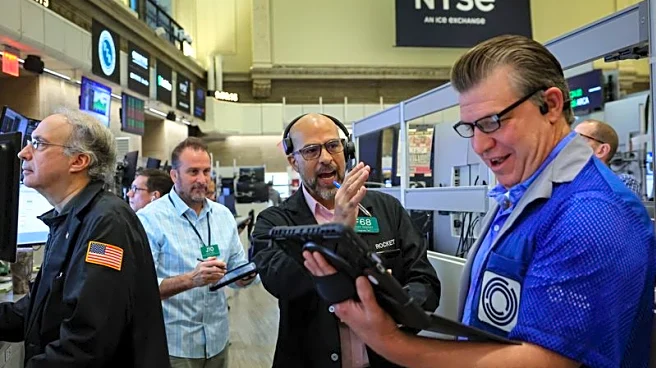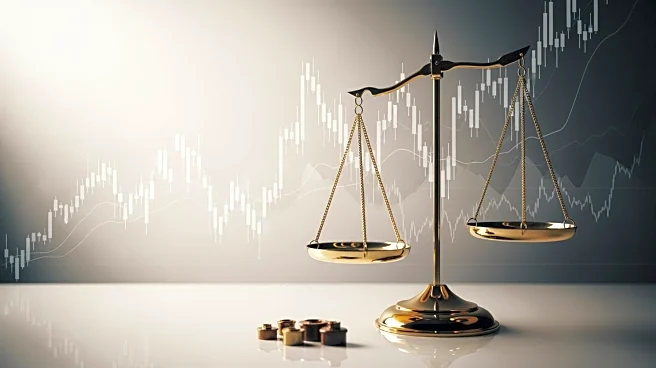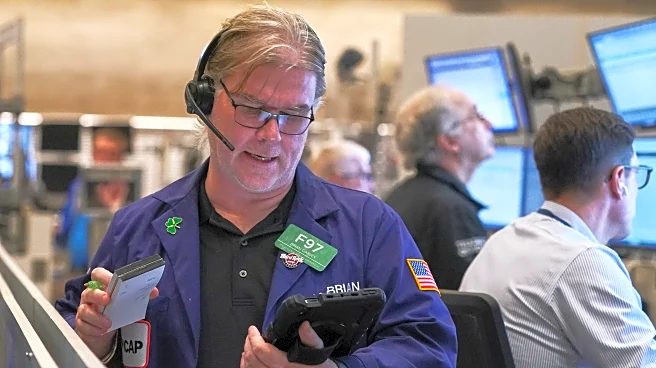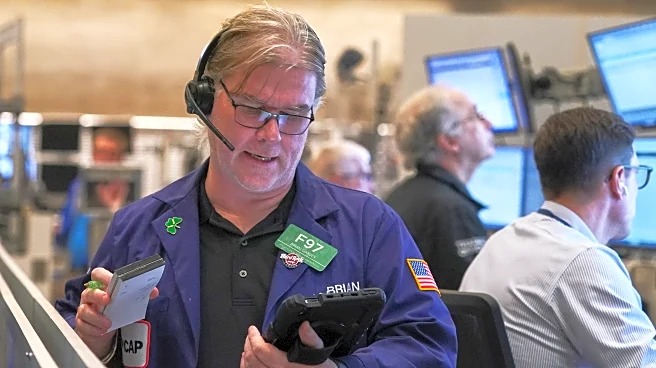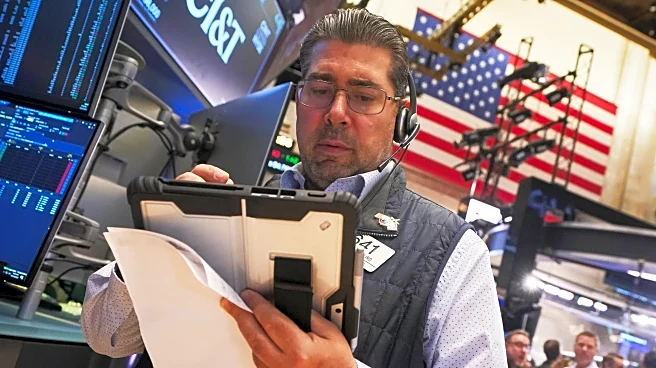By Sarupya Ganguly
BENGALURU (Reuters) -U.S. 10-year Treasury yields, assuming no upside inflation surprises, are likely to rise modestly in coming months, according to a Reuters poll of market experts,
while short-dated yields are forecast to decline on rate cut bets.
The survey results suggest inertia in the world's largest debt market despite a long list of potential risks, not least of which is a mountain of upcoming supply.
U.S. President Donald Trump’s recently passed budget will require an estimated $3 trillion of additional borrowing over the coming decade but that flood of expected issuance has yet to make any significant impact on current pricing.
The benchmark 10-year Treasury yield, currently 4.09%, was forecast to trade at 4.10% in the coming three and six months, before rising to 4.21% in a year, according to median forecasts from over 50 bond strategists surveyed from November 6 to 13. Medians were broadly unchanged from last month's survey.
Other market pricing, including multiple breakeven rates embedded in inflation-protected Treasury securities, points to lower market-based inflation expectations compared with earlier in the year.
That has coincided with the absence of official government data during the longest shutdown in history that just ended on Wednesday and still no serious official inflation evidence from U.S. tariffs on imported goods put in place this year.
Jean Boivin, head of the BlackRock Investment Institute, said this reflects a familiar pattern: bond markets are often excessively responsive to near-term developments.
"The implication is it's very likely the market is over-indexing on the recent track of inflation. And I don't think you make a good return by positioning in the near-term for what the market will only eventually price in properly. But I do think eventually the market will start to reflect more inflation expectations."
Indeed, the Federal Reserve's preferred inflation gauge is running at nearly 3% and has been above the 2% target for over four years. U.S. consumer inflation expectations have also remained elevated through most of the year.
Boston Fed President Susan Collins said on Wednesday persistent inflation warrants greater caution about the path of future easing, particularly for the upcoming December 17-18 Fed meeting.
According to the poll, the rate-sensitive two-year Treasury yield, currently 3.58%, was forecast to fall to 3.50% in three months and 3.40% in six months.
Interest rate futures remain priced for three-to-four rate reductions by end-2026 despite stark divisions on the Federal Open Market Committee on how soon rates need to fall again.
Over three-quarters of respondents to an additional question, 26 of 34, said the yield curve would modestly steepen by end-January.
That included Michael Chang, head of rates derivatives strategy at Citi, who said the market was still bracing for higher "term premium" - compensation demanded for holding debt over time - as Treasury issuance continues to rise.
"We're expecting most of the coupon issuance increase to be announced in next year's November refunding meeting...And regardless of where the increase happens on the curve, that's going to translate to repricing for a higher term premium overall."
"That means the curve is probably going to be steeper, with the long end underperforming the front and the belly of the curve," Chang added.
(Reporting by Sourav Ganguly; Additional reporting by Jaiganesh Mahesh; Polling by Mumal Rathore and Anant Chandak; Editing by Ross Finley and Sharon Singleton)






